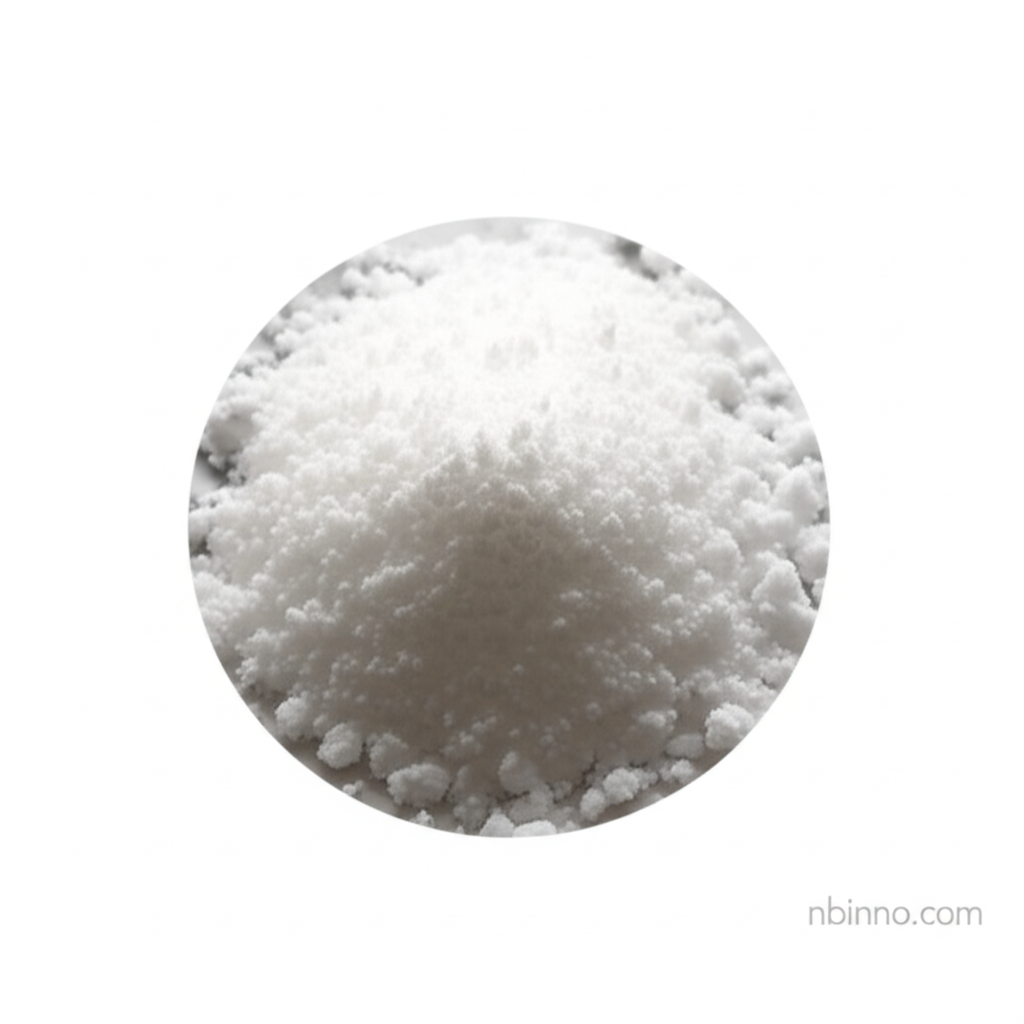N-Acetyl-L-tryptophan (CAS 1218-34-4): Properties and Research Applications
Explore the chemical profile and significant research uses of this key amino acid derivative.
Get a Quote & SampleProduct Core Value

N-Acetyl-L-tryptophan
N-Acetyl-L-tryptophan is a crucial compound recognized for its role as an inhibitor of the NK-1 receptor. As a derivative of tryptophan, it is instrumental in various biochemical and physiological studies, contributing to a deeper understanding of neurotransmitter functions and disease mechanisms.
- This compound serves as an N-Acetyl-L-tryptophan NK-1 receptor inhibitor, making it valuable for pharmacological research.
- The N-Acetyl-L-tryptophan ALS research applications are notable, with studies indicating its potential in modulating disease progression.
- Researchers investigate N-Acetyl-L-tryptophan serotonin agonist properties to understand its impact on neurological pathways.
- Understanding the N-Acetyl-L-tryptophan chemical properties is key to its effective use in experimental settings.
Key Advantages
Research Versatility
The N-Acetyl-L-tryptophan chemical properties allow for its broad application in diverse research areas, from neuroscience to molecular biology.
Therapeutic Potential
Studies exploring N-Acetyl-L-tryptophan Parkinson's disease model applications highlight its potential as a therapeutic agent.
Investigative Tool
As a tryptophan derivative, it aids in dissecting complex biological pathways and the functions of amino acids in health and disease.
Key Applications
Neuroscience Research
Utilized in studying serotonin pathways and neurological disorders, contributing to advances in understanding brain function.
Pharmaceutical Development
Serves as a key intermediate in the development of novel therapeutic agents, particularly for neurodegenerative conditions.
Biochemical Assays
Its specific inhibitory actions make it an important tool for biochemical assays and understanding receptor binding.
Cellular Studies
Employed in cell culture and in-vitro studies to investigate mechanisms of cell death and protection, especially in models of diseases like ALS.
